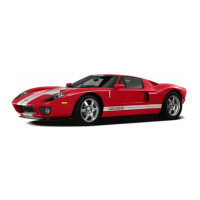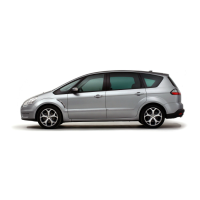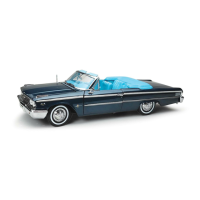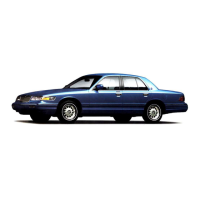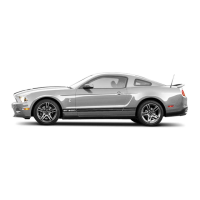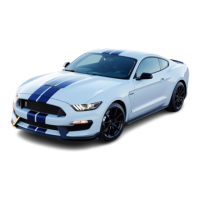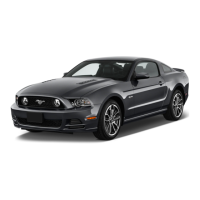
Do you have a question about the Ford GT GT3 and is the answer not in the manual?
| Brand | Ford |
|---|---|
| Model | GT GT3 |
| Category | Automobile |
| Language | English |
Describes the independent double wishbone suspension for front and rear axles.
Guide on initial steps for driving the car, mapping controls, and gear shifting.
Explains how to load pre-built or custom setups within the iRacing garage.
Explains the layout and information displayed on the car's digital dashboard.
Details the function and visual indicators of the pit limiter system.
Describes the RPM-based shift light indicators on the dashboard.
Details tire pressure and tread wear information for all four tires.
Explains hot air pressure and its effect on tire balance and handling.
Describes tire carcass temperatures and their use in analyzing handling balance.
Explains tire tread remaining as an indicator for alignment issues.
Introduces the Aero Calculator for understanding aerodynamic balance adjustments.
Explains how to use front ride height at speed in the Aero Calculator.
Explains how to use rear ride height at speed in the Aero Calculator.
Details the function and impact of the rear wing angle on downforce and balance.
Defines front downforce percentage and its impact on car handling.
Details the setup parameters for the front suspension and chassis components.
Explains how Anti-Roll Bar blades affect suspension stiffness and car balance.
Defines toe-in and its effect on front tire slip and turn-in responsiveness.
Explains how front master cylinder size affects brake bias and pedal effort.
Explains how rear master cylinder size affects brake bias and pedal effort.
Describes how brake pad compounds affect friction and braking performance.
Explains cross weight and its impact on symmetrical handling.
Details brake bias and its effect on front/rear braking force distribution.
Explains the function and enablement of the traction control system.
Describes the different positions of the traction control switch and their effects.
Explains the ABS setting positions and their impact on braking.
Details specific setup parameters for the front wheel corners.
Explains corner weight and its importance for car balance and setup.
Details front ride height adjustments and their influence on downforce and weight transfer.
Explains how spring perch offset is used to adjust corner ride height.
Details spring rate selection and its effect on car handling and platform control.
Explains low-speed compression damping and its impact on weight transfer.
Describes high-speed compression damping and its effect on bumps and platform control.
Explains low-speed rebound damping and its role in chassis response.
Describes high-speed rebound damping and its effect on shock extension.
Explains rear camber and its effect on cornering force and tire grip.
Details specific setup parameters for the rear wheel corners.
Details rear ride height adjustments and their influence on downforce and weight transfer.
Details spring rate selection and its effect on car handling and platform control.
Explains low-speed compression damping and its impact on weight transfer.
Describes high-speed compression damping and its effect on bumps and platform control.
Explains low-speed rebound damping and its role in chassis response.
Describes high-speed rebound damping and its effect on shock extension.
Explains rear toe-in and its effect on straight-line stability and drag.
Details the adjustable fuel level in the tank and its capacity.
Explains how rear Anti-Roll Bar arms affect suspension stiffness and car balance.
Describes differential preload and its impact on understeer and throttle response.
